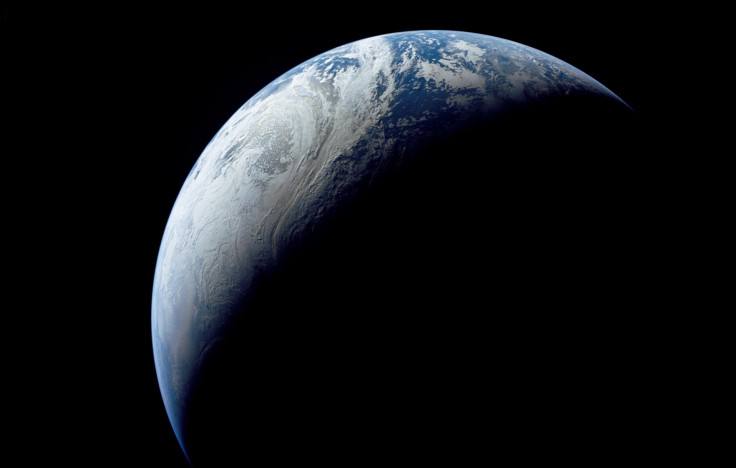Ice Age Climate Change Mystery: Did Ocean Volcanoes Keep Carbon Dioxide High?

Did the last ice age set off volcanoes around the world? Scientists say that as polar temperatures dropped and froze water into ice, it would have reduced sea levels enough to spur volcanic activity. If that changed the amount of carbon dioxide in the atmosphere, it would hold the key to an unsolved climate mystery.
Usually temperature and atmospheric carbon dioxide rise and fall together, with lower levels of the gas going hand-in-hand with cooler temperatures throughout the history of Earth’s climate, at least for the last several thousand years. In turn, those cooler temperatures translate to more polar ice and lower sea levels. But going into the last ice age, between 85,000 and 70,000 years ago, atmospheric carbon dioxide stayed fairly constant as temperatures dropped. According to a study in the journal Nature Communications, the answer to that puzzling change could be volcanoes.
Read: Sending a Robot into an Erupting Volcano Full of Sharks
The researchers say falling sea levels released the amount of pressure on the Earth’s upper mantle — which is below the crust — and “may have induced a surge in magma” coming from both ocean volcanoes and mid-ocean ridges, which are underwater mountains formed through the plate tectonics of the planet, with topography changing where plates meet and collide. That marine volcanism causing extra magma would have added to the carbon dioxide in the atmosphere, possibly explaining why it did not drop with Antarctic temperatures all those millennia ago.
On the most extreme end of the scale, sea levels would have fallen up to a few hundred feet at the start of the ice age within a span of between 5,000 and 15,000 years. The researchers used a computer model to explore how this would have played out, using data from various mid-ocean ridges and ocean island volcanoes. They say the pressure release the sea level drop caused would have motivated volcanism that “held up” the atmospheric carbon dioxide levels despite their usual relationship with temperature declines around the world and ice sheet expansion.
Although the study suggests more research is needed to fully understand how increased marine volcanism would have interacted with other changing factors around the world at that time of climate change, it’s possible that the magma coming from the ocean floor “can explain the bulk of this disconnect or even the full offset” of carbon dioxide levels in the atmosphere.
Read: Melting in Antarctica Will Help Invasive Species Take Over
“The enhanced volcanic carbon dioxide flux may have stabilized the atmospheric carbon dioxide concentrations during the climate system’s descent into the last ice age,” researcher Lars Rüpke said in a statement from the Helmholtz Association of German Research Centres.
According to the researchers, the discovery adds another layer of information that will help climate scientists understand how Earth’s system works and changes together.
© Copyright IBTimes 2024. All rights reserved.




















